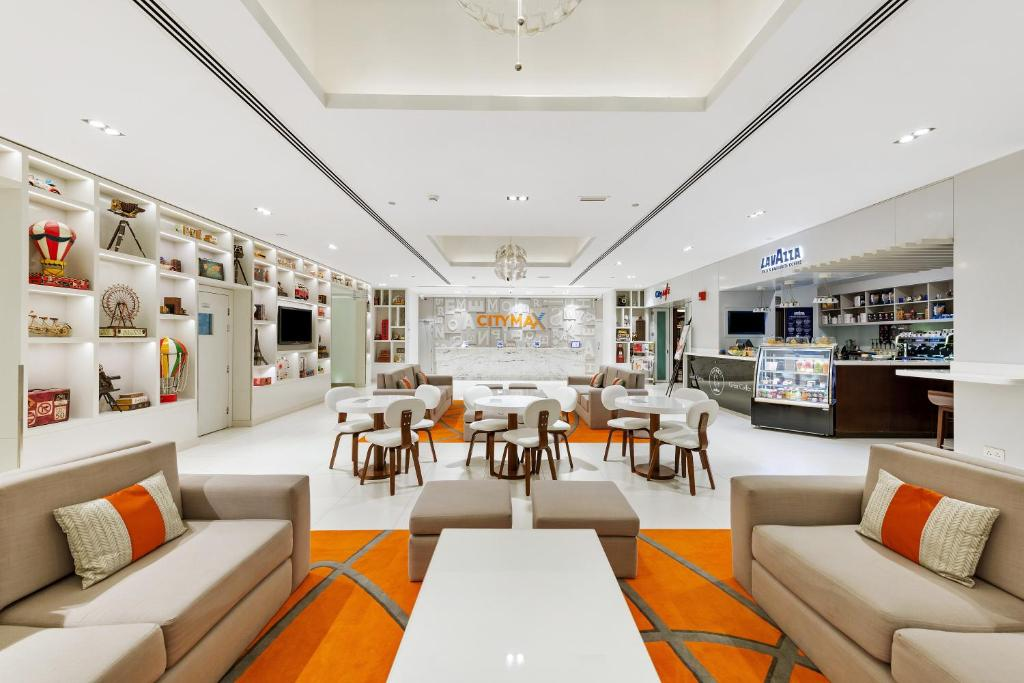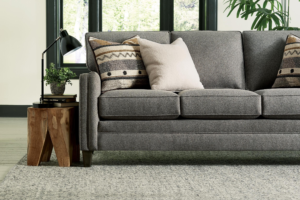Selecting the perfect upholstery fabric is an essential step in creating a beautiful and functional living space. The fabric you choose affects the overall style, comfort, and durability of your furniture, influencing how it integrates with your home decor. Given the vast array of options available—from luxurious velvets to practical synthetics—making an informed decision can seem overwhelming. This guide breaks down the key factors to consider, ensuring you select upholstery fabric that not only meets your aesthetic desires but also withstands the test of time.

1. Consider Durability
Lifestyle Factors: Your daily life significantly impacts fabric selection. If your household includes children, pets, or frequent guests, durability becomes a top priority. Fabrics like microfiber and canvas offer excellent resistance to stains and wear, making them ideal for busy homes
Conversely, if the furniture will be in a low-traffic area, you might opt for more delicate materials like silk or velvet.
Fabric Ratings: Familiarize yourself with industry standards like the Martindale Rub Test or double rub counts, which measure how many rubs a fabric can endure before showing signs of wear. Fabrics rated at 15,000 rubs or more are generally suitable for upholstery, while commercial-grade fabrics often exceed 30,000 rubs, ensuring they hold up well in high-traffic environments. Additionally, heavy-duty fabrics like leather, microfiber, or canvas are known for their exceptional durability and are recommended for frequent useRevolution Fabrics.

2. Assess Comfort
Feel: Comfort is a critical aspect of upholstery. Fabrics like chenille, velvet, and cotton provide a soft, inviting touch that enhances the seating experience. When testing fabric, sit on it for a while to understand how it feels against your skin. Softer textures, like velvet, may feel more inviting but may also require additional careBreathability: Look for breathable materials, especially if your furniture is in a warm environment. Natural fibers such as cotton and linen allow for airflow, reducing discomfort during hot weather. Breathable materials improve comfort by keeping the fabric cool to the touch and wicking away moisture.
3. Evaluate Maintenance

Cleaning Requirements: Consider how much effort you’re willing to invest in maintaining your upholstery. Fabrics treated with stain-resistant coatings are often easier to clean, as spills can be wiped away with minimal effort. Leather and vinyl are also practical options that can be easily cleaned and maintained.
Care Instructions: Always read the care label before purchasing. Some fabrics, like certain types of velvet or silk, may require professional cleaning or specific treatments to maintain their appearance, while others, such as microfiber or synthetic blends, may only need occasional spot cleaning with mild detergent.

4. Think About Color and Pattern
Existing Decor: Choose colors and patterns that complement your existing decor. Neutral colors like beige, gray, or taupe provide versatility and can easily blend with other elements in your room. For a bold statement, consider vibrant colors or striking patterns.
Lighting Considerations: Fabric colors may appear different under various lighting conditions. Test fabric samples in the specific room where the furniture will be placed, examining how natural and artificial light affects their appearance throughout the day.
5. Test the Fabric

Feel in Person: Always feel the fabric before committing. Pay attention to its texture, weight, and flexibility. Fabrics that are soft to the touch, like chenille and velvet, will generally enhance the comfort of your furnitureCanvas ETC.
Stretch Test: Gently stretch the fabric to assess its resilience. High-quality upholstery fabric should return to its original shape without distortion. This resilience is crucial for maintaining a polished look over time.
6. Consider the Style
Design Aesthetic: Ensure that the fabric aligns with your home’s overall style. For a modern look, consider sleek, minimalist fabrics like leather or linen. For a classic or traditional setting, rich, textured fabrics like damask, brocade, or plush velvet are recommended.
Pattern Choices: When selecting a patterned fabric, consider how the pattern will look on a larger scale. Large, bold patterns may be visually overwhelming on smaller pieces, while subtle patterns can add depth without overpowering the room.
7. Check for Colorfastness

Prevent Fading: Verify that the fabric is colorfast, meaning it won’t bleed or fade over time. A simple test involves rubbing a damp white cloth against the fabric; if any color transfers, it may not hold up well in sunlight or frequent use.
Sunlight Exposure: If your furniture is positioned near windows, prioritize fabrics that are UV-resistant to help maintain color vibrancy and prevent fading.
8. Think About the Environment

Room Function: Consider the function of the room where the furniture will be placed. In high-traffic areas like living rooms, choose fabrics that resist stains and are easy to clean. For formal settings like dining rooms, you may prefer more luxurious options.
Climate Conditions: If you live in a humid climate, opt for fabrics that resist mold and mildew, such as synthetic blends. In contrast, natural fibers like cotton or linen may be preferable in dry climates.
9. Budget Wisely
Set a Budget: Establish a clear budget before shopping for upholstery fabric. Quality upholstery fabric can be more expensive, but investing in durable materials can ultimately save you money by reducing the need for replacements or repairs.
Cost vs. Quality: Higher-quality fabrics might come with a higher price tag, but their longevity and resistance to wear can justify the investment. Cheaper fabrics may require more frequent replacement, leading to greater expenses over time.
10. Consult Samples
Request Samples: Always request fabric samples to visualize how they will look in your space. Holding the samples against your walls and existing furniture allows you to see how they interact with the overall color scheme and lighting .
Visualize in Context: Testing samples in the intended room can help you assess how the fabric fits within the existing decor and determine whether it complements or clashes with other elements.
Conclusion
Choosing upholstery fabric is a thoughtful process that encompasses various factors, from practicality and maintenance to aesthetics and comfort. By carefully evaluating your lifestyle, existing decor, and specific furniture needs, you can select fabric that enhances your home and stands up to daily wear. A well-chosen upholstery fabric not only elevates the style of your furniture but also contributes to the overall ambiance of your space.










